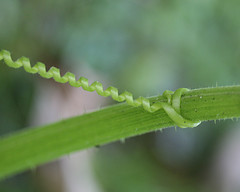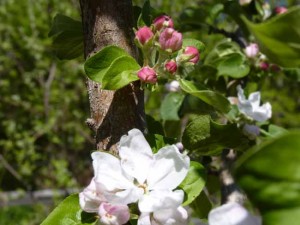Imbolc Bloodroot Moon
Snow came in the night. Maybe 2 inches. Freshened up the landscape, pushed back the melting time. Last year today it was 73, ruining my vision of the north, turning it into a slushy Indiana/Ohio/Illinois. Climate change stealing my home. It disoriented me, made me feel like a stranger in a strange, yet strangely familiar, land. Now. 30 degrees. 8 inches of snow. Home again.
A book on my shelf, important to me: Becoming Native to This Place. The idea so powerful. One so necessary for this nature starved moment, as the pace of the city as refuge lopes toward its own four minute mile. Cities are energy, buzz, imagination criss-crossing, humans indulging, amplifying, renewing humanness but. But.
All good. Yes. Yet.
That stream you used to walk along. The meadow where the deer stood. You remember. The night the snow came down and you put on your snowshoes and you walked out the backdoor into the woods and walked quietly among the trees, listening to the great horned owl and the wind. The great dog bounding behind you in the snow, standing on your snowshoes, making you fall over and laugh. Remember that?
There was, too, that New Year’s Day. Early morning with the temperature in the 20s below zero and another dog, the feral one, black and sleek, slung low to the ground, went with you on the frozen lake, investigating the ice-fishing shacks, all alone, everyone still in bed from the party the night before but you two walked, just you two and the cold.
Before I go, I also have to mention those potatoes. The first year. Reaching underneath the earth, scrabbling around with gloved fingers. Finding a lump. There. Another. And another. And another. The taste. Straight from the soil. With leeks and garlic. Tomatoes, too, and beets. Red fingers. The collard greens. Biscuits spread with honey from the hive.



 damage and as long as I can I’ll follow pinch and destroy. After that, I think, right now anyway, that I’ll go with Gary Reuter, the bee rangler for Marla Spivak. I’ll just put up with wormy apples. This is partly out of regard for the bees who have enough pressure of them and they don’t need an added pesticide load from our orchard, but it’s more out of a commitment to no pesticides, grow strong plants and let them fend for themselves. It’s worked reasonably well for me so far.
damage and as long as I can I’ll follow pinch and destroy. After that, I think, right now anyway, that I’ll go with Gary Reuter, the bee rangler for Marla Spivak. I’ll just put up with wormy apples. This is partly out of regard for the bees who have enough pressure of them and they don’t need an added pesticide load from our orchard, but it’s more out of a commitment to no pesticides, grow strong plants and let them fend for themselves. It’s worked reasonably well for me so far.
 mostly begun to show green. The bees show up now around the property, working as we do, tending the plants in their own, intimate way. The gooseberries we transplanted look very healthy. The daffodils are a carpet of yellow and white. A few scylla out front brighten up the walk with their blue.
mostly begun to show green. The bees show up now around the property, working as we do, tending the plants in their own, intimate way. The gooseberries we transplanted look very healthy. The daffodils are a carpet of yellow and white. A few scylla out front brighten up the walk with their blue.